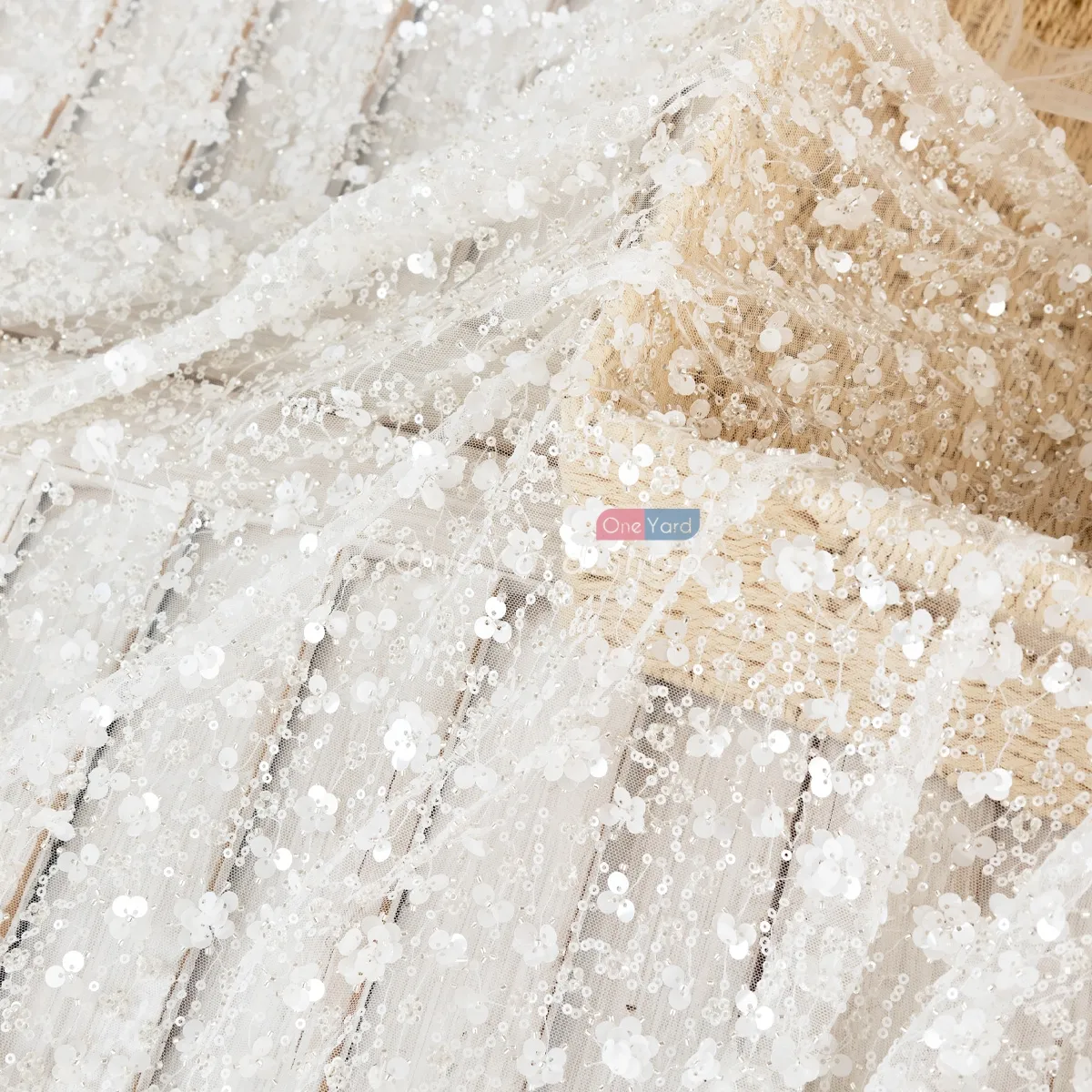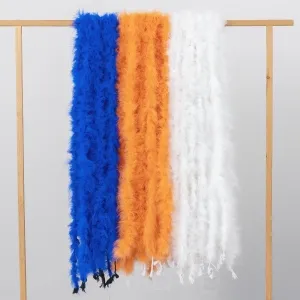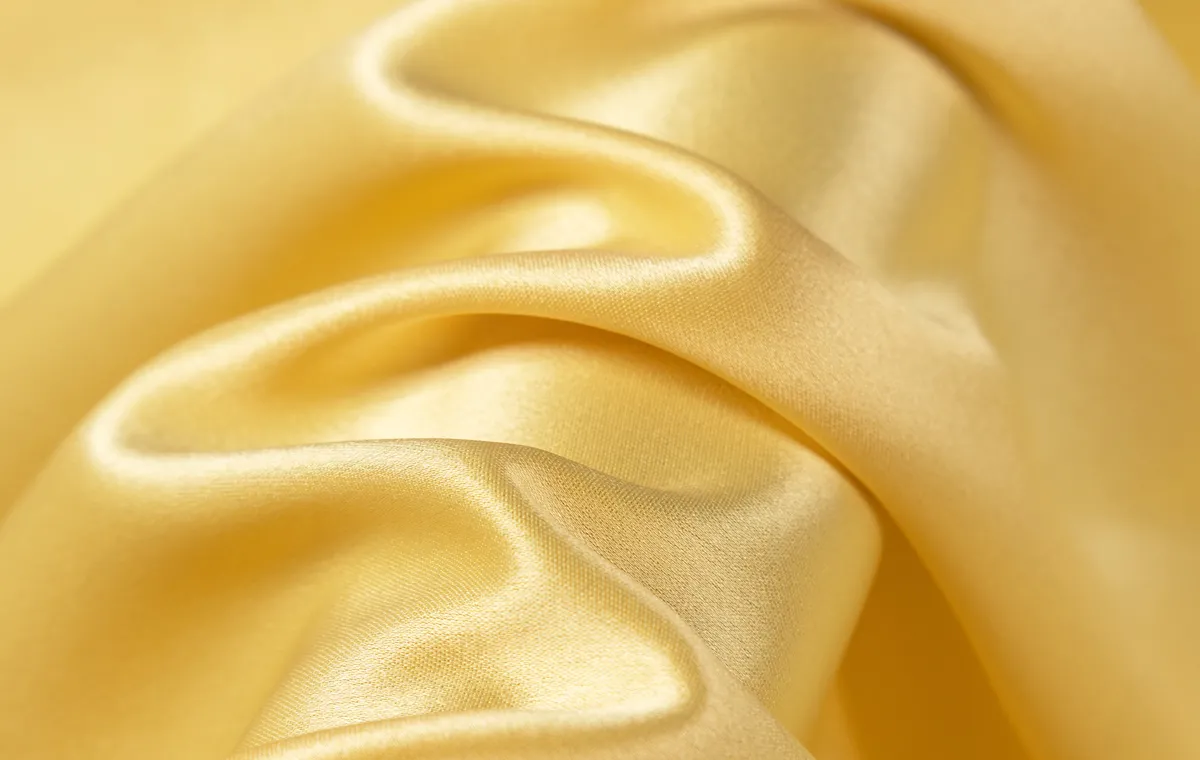Welcome to the OneYard online store, we packed full of beautiful white fabrics to inspire your next dressmaking, patchwork quilting, craft, or home furnishing sewing project. There are also several types of fabric to choose from that range from satin to lace, to glitter fabrics. In addition, there are multiple shades available so you can choose a white that will work best with your decorating theme: ivory, cream, vanilla, chiffon, pearl, and alabaster.
This article provides an overview of some of the most popular white dressmaking fabrics, highlighting their characteristics, uses, and care tips.
1️⃣ Satin


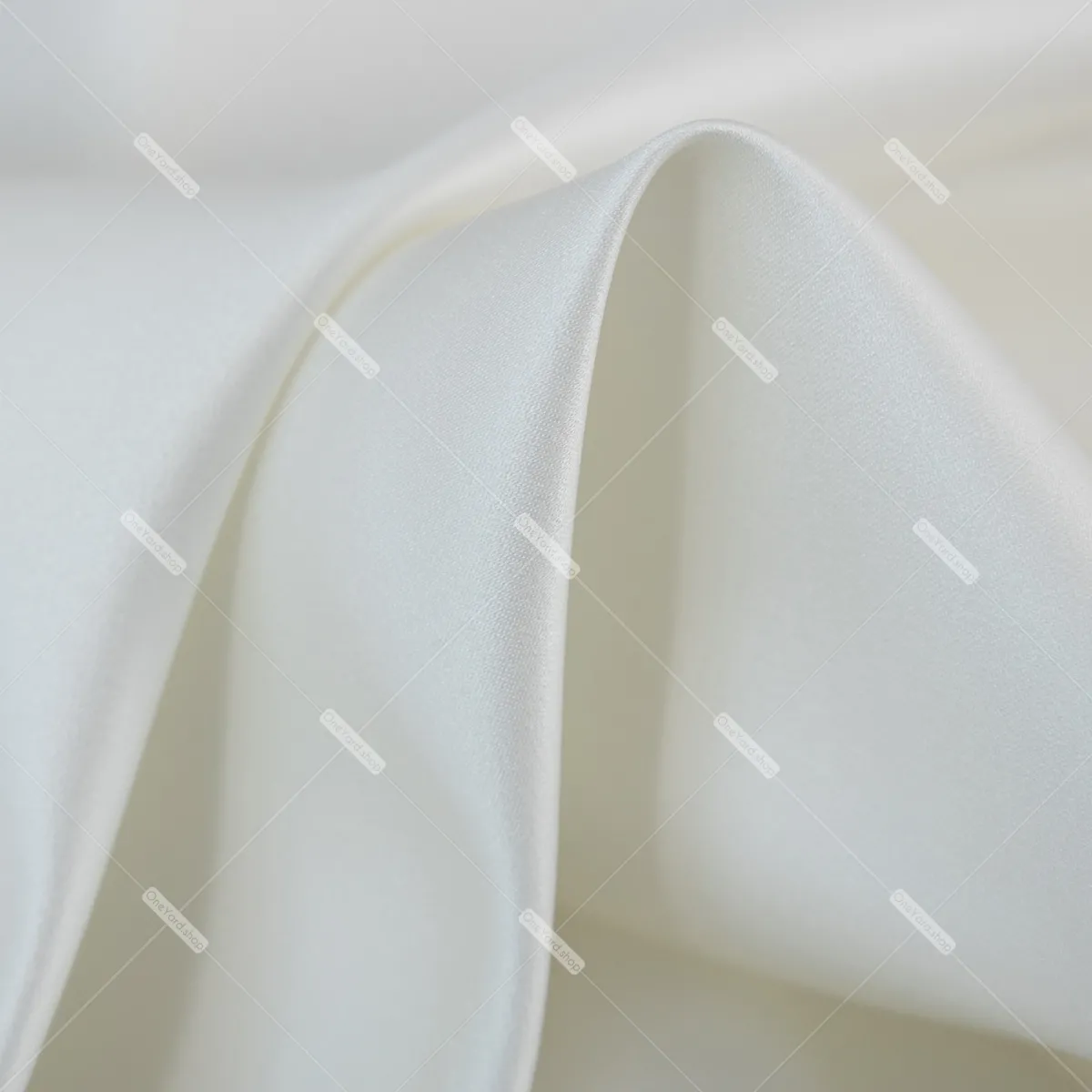
Characteristics: Satin is characterized by its glossy surface and dull back. It can be made from silk, polyester, or acetate.
Uses: White satin is often used for formal dresses, wedding gowns, and evening wear. It is also used for linings and luxurious sleepwear.
Care Tips: Depending on the fiber content, satin can be machine washed or dry cleaned. Use a gentle cycle and avoid wringing or twisting.
2️⃣Chiffon



Characteristics: Chiffon is a lightweight, sheer fabric with a soft drape. It can be made from silk, polyester, or nylon.
Uses: White chiffon is ideal for wedding gowns, evening dresses, blouses, and scarves. It is also used for layering and creating soft, flowing silhouettes.
Care Tips: Chiffon should be hand washed or dry cleaned. Use a mild detergent and avoid wringing or twisting.
3️⃣ Lace
Characteristics: Lace is an openwork fabric, typically made from cotton, silk, or synthetic fibers. It is often features intricate patterns and accented with beads, sequins, or 3d flowers.
Uses: White lace is popular for bridal gowns, accessories, formal dresses, and lingerie. It is also used for embellishments and overlays.
Care Tips: Lace should be hand washed or dry cleaned. It can be ironed on a low setting with a pressing cloth to prevent damage.
4️⃣ Tulle
Characteristics: Tulle is a fine, net-like fabric that is lightweight and airy. It can be made from silk, nylon, or polyester.
Uses: With its delicate and ethereal nature, white tulle is commonly used in a variety of garments and decor items, such as wedding dresses, tutus, veils, and petticoats. It is also popular for adding volume to skirts and dresses.
Care Tips: Tulle should be hand washed and air dried. It is delicate, so handle with care to avoid tears.
5️⃣ Sequin
Characteristics: Sequin fabric is adorned with small, reflective discs, or sequins, that are typically sewn or glued onto the fabric base. These sequins come in various shapes, sizes, and colors, creating a shimmering effect.
Uses: White sequin fabric is a staple for bridal gowns, evening dresses, cocktail dresses, party outfits, performance costumes, accessories, or home decoration.
Care Tips: It is generally best to hand wash sequin fabric to avoid damaging the sequins. Use cold water and a mild detergent.
6️⃣ Lame

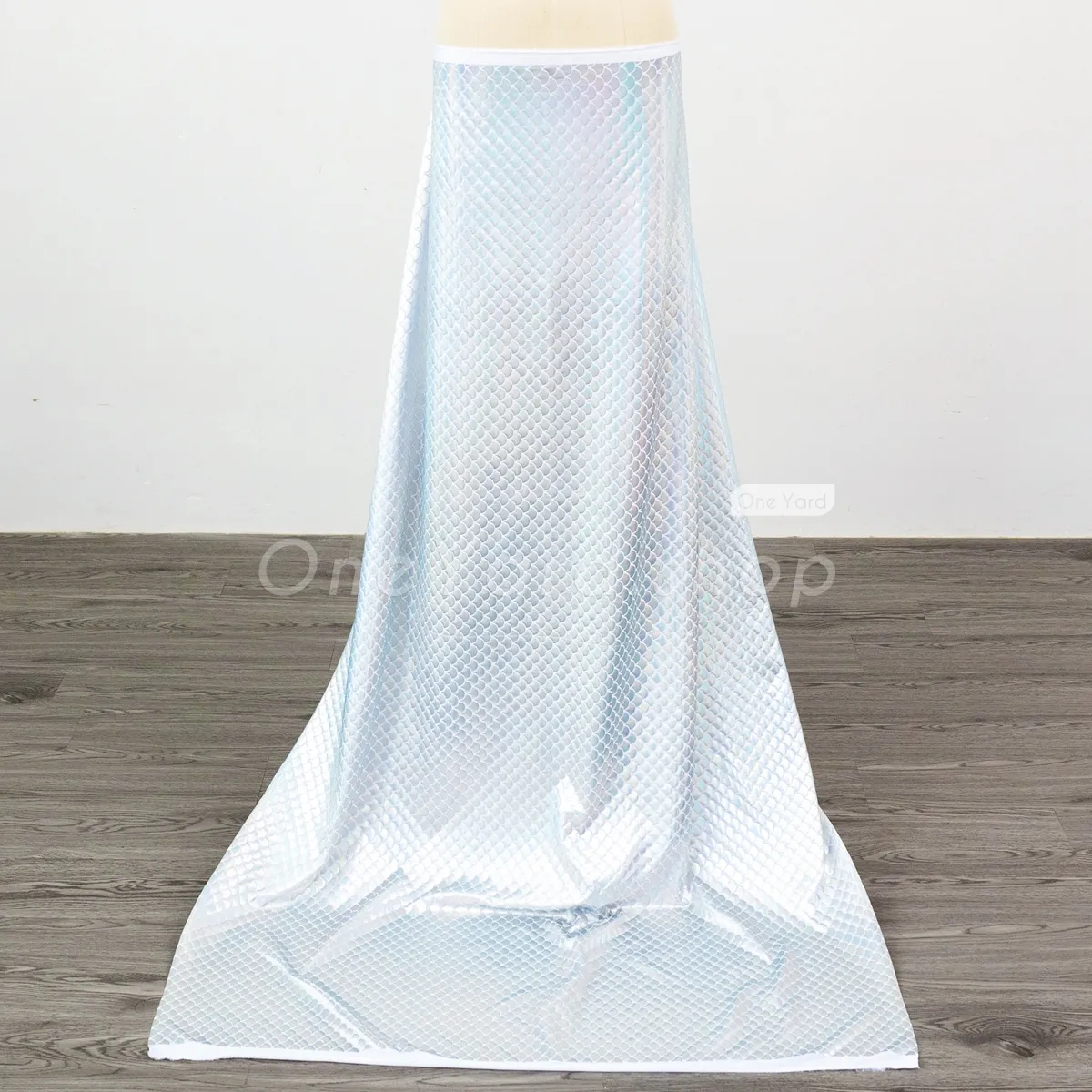
Characteristics: Lame fabric is a shimmering, eye-catching material which is achieved by weaving metallic threads (such as gold or silver) with synthetic fibers like polyester or nylon.
Uses: White lame is a popular choice for evening gowns, cocktail dresses, and other formal attire
Care Tips: To preserve the integrity of the metallic threads, hand wash lame fabric in cold water with a mild detergent. Avoid wringing or twisting the fabric, as this can cause the metallic threads to break or fray.
7️⃣ Jersey


Characteristics: Jersey fabric is a versatile and widely-used material known for its stretch and comfort. Originally made from wool, jersey fabric is now produced from a variety of fibers including cotton, synthetic blends, and even silk.
Uses: White jersey is suitable for a wide range of garments from t-shirts to dresses and special occasion dresses.
Care Tips: Jersey fabric can usually be machine washed. Use cold water and a gentle cycle to prevent shrinking and maintain the fabric’s elasticity. Turn garments inside out to protect the surface.
White fabric, with its purity and versatility, continues to be a beloved material in various domains. Whether in fashion, home decor, or special occasions, its timeless appeal remains unmatched. By understanding its types, uses, and care methods, we can appreciate and preserve the beauty of white fabric for generations to come.

 Best
Best  New
New  Featured
Featured  Featured
Featured 

